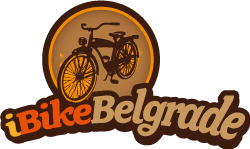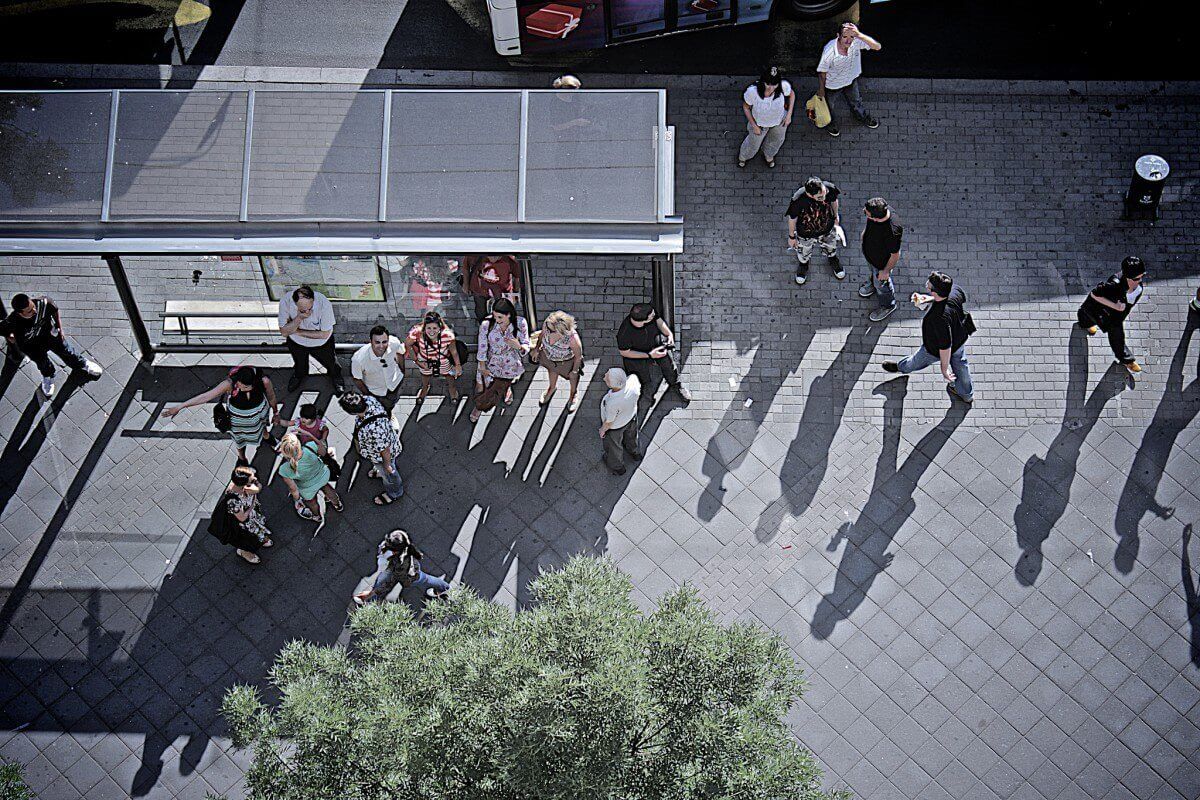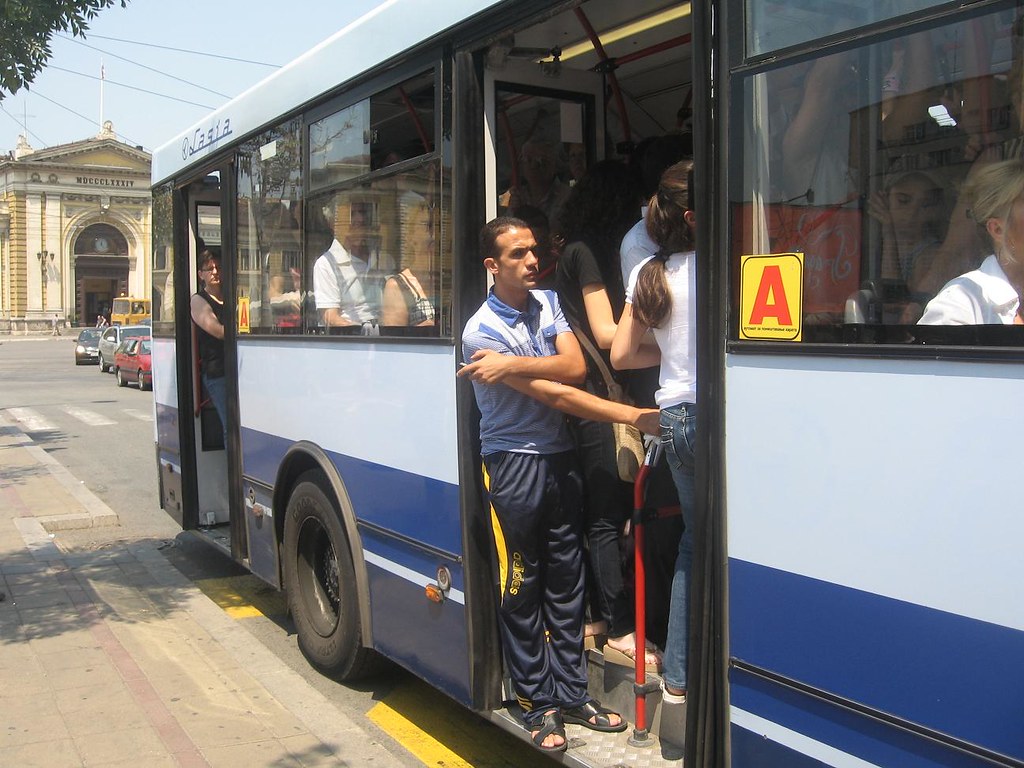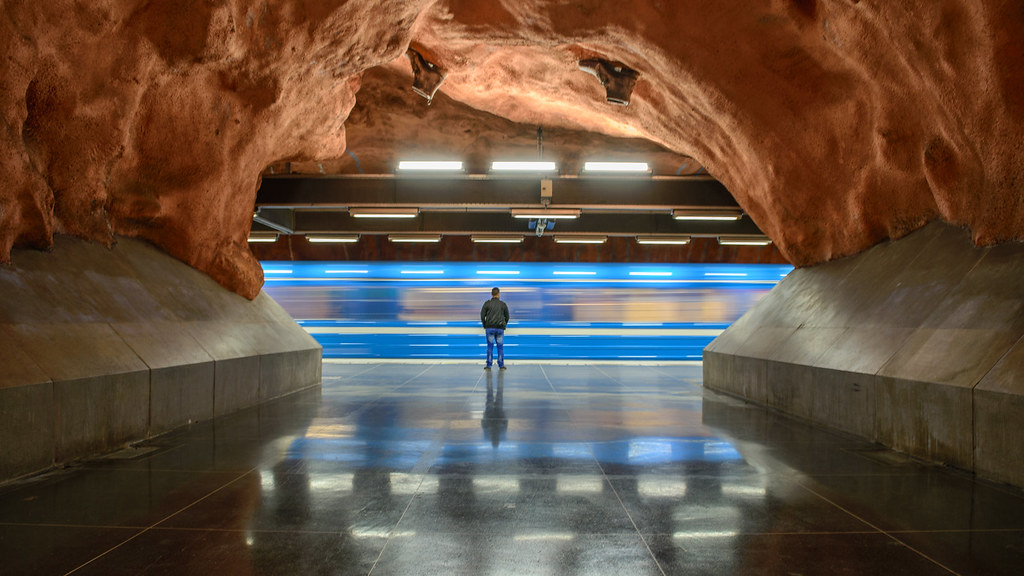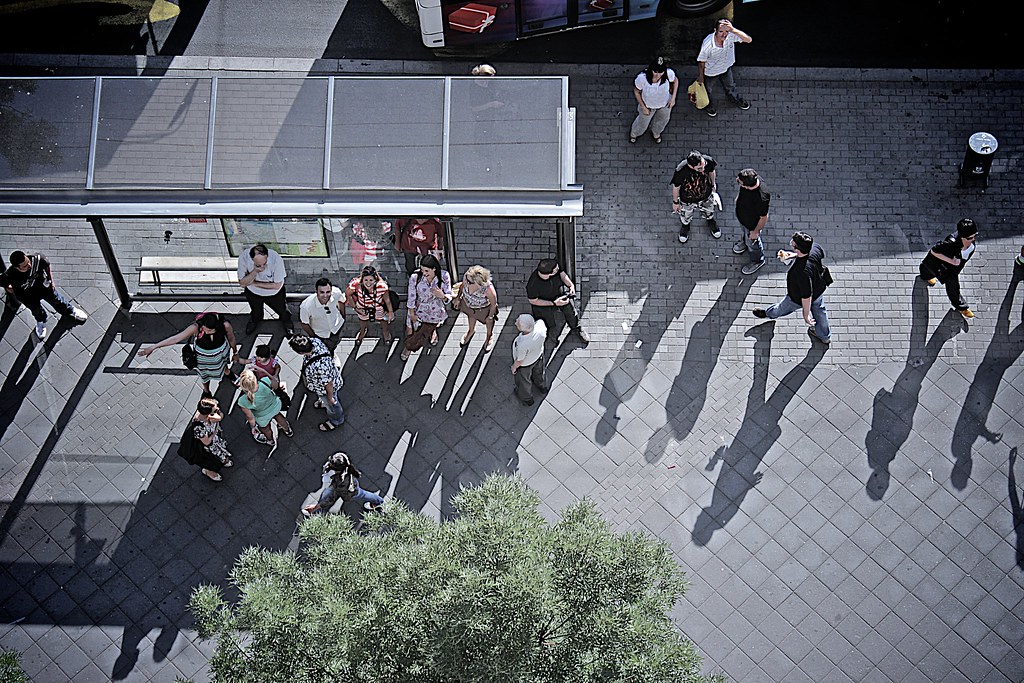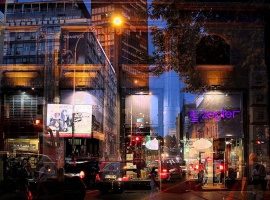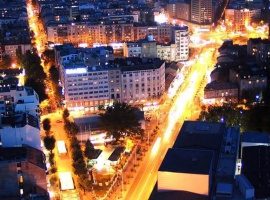Belgrade is an urban jungle and getting around the city with its slightly more complicated public transport system can be challenging […]
Belgrade is an urban jungle and getting around the city with its slightly more complicated public transport system can be challenging at times, which is why we created this Guide to Public Transport in Belgrade.
Public Transport in Belgrade
Belgrade by population is the fourth largest city in Southeastern Europe, after Istanbul, Athens and Bucharest.
Despite its long standing need for an updated and more reliable transport system, conditions haven’t noticeably improved.
Public transport in Belgrade seems like the birthplace of the public transport horror stories that circle round the globe.
To be fair commuting is never a joy in any country, well Stockholm excluded.
First lose all pretenses of thinking that it’s just like any other European capital. It’s not.
Public transport in Belgrade is sometimes referred to as Dante’s newest circle of hell.
The traffic can be slow at times, trams/buses non-punctual and overcrowded. Very old vehicles are still in use on some lines, so not all buses/trolleys/trams have air-conditioning.
During the summer months it’s wise to always carry around a water bottle and if possible, walk or bike everywhere.
There are 5 or so main lines – that can get you to the most frequented parts of the city. But a lot of tourist sites are connected by tram and trolley lines.
Several privately owned transport companies operate in the city (leading to differences in the visual appearance of vehicles) but are all part of the same ticketing system.
Mini-buses on “E” lines are not a part of this system and tickets are purchased directly from the driver.
The mini-bus line (A1) that takes you from the Nikola Tesla airport to the city, operates in the same way. On that note there’re also public transport means to the airport from the city, bus #72.
Ticketing system
Ticketing system is pretty standard. You get prepaid electronic carrier cards which need to be validated on boarding the vehicle by pressing them against one of the ticket validating machines.
Electronic carrier cards (BusPlus) can be purchased from most newsstands and come in two forms:
Day cards (paper cards) cost RSD 40. Added to that expense is for how many days do you want the card to be valid;
1 day card: RSD 250
3 day card: RSD 700
5 day card: RSD 1000
Plastic cards, cost RSD 250, and are valid for three years from the day of purchase. There are several things to keep in mind when opting for this card.
You can refill your card countless times during the 3 year period
You can’t have a higher balance on the card than RSD 5000
It can be used by more than one person
If you’re travelling as a group, there is no need to buy multiple electronic cards, before validating your card on the card validating machine, you have to select “Grupna karta” (group ticket) and select the number of people riding the bus with you.
A ticket for one ride costs RSD 89. One ride lasts for 90 minutes.
So you can take as many consecutive rides as you wish within the time frame, but each time you board a different vehicle you need to validate your card (it won’t charge you again, unless you overstepped the time limit).
If by any chance you are trying to save up money and not pay for a bus fare, be mindful of ticket conductors.
Unlike other countries, here the ticket conductors are dressed as civilians. They board a random bus and they can charge you a hefty fine if they catch you without a ticket.
Fine for fare evasion is RSD 2000.
If you don’t have the money on you, you will get the fine sent to your home address and it’ll be RSD 6000.
Know your rights. If caught without a ticket, just say you’ll get out on the next stop. The ticket conductors are not authorized to request your passport/ID or to detain you. They are allowed to contact the community police service for support if necessary.
Tickets can be purchased directly from the driver for RSD 150.
Planning your journey
This is a great website where you can see the transit routes: http://www.belgrademaps.com/en/
Note that you should not rely heavily on the transit time estimates as the actual journey time can fluctuate considerably in peak hours.
If you ever have doubts where to go just ask around. Most locals will be happy to help.
Most useful traffic lines:
From the Main Train Station and Central Bus Station you can take:
Number 2 tram, direction Pristanište, to get to Kalemegdan and the Old Town; direction Vukov spomenik will get you to Slavija square and Bulevar Kralja Aleksandra;
Number 7 tram, direction Blok 45, to get to Hyatt Regency, Ušće Shopping Centre, Sava Centre, and further out Delta City Shopping Centre; direction Ustanička will get you to Belgrade Palace (Beograđanka) and Tašmajdan Park;
Number 3 or 12 trams, direction Omladinski stadion, to get to Zira Hotel and Congression Centre.
Number 83 bus, direction Zemun (Bačka), to get to Falkensteiner Hotel, Zemun centre and further out, Hotel Zlatnik.
The A1 airport service which takes you there directly.
When in the Old Town, several major transport termini are within walking distance:
from Zeleni venac, buses of lines number 15, 84, 704 and 706 can take you to various parts of Zemun and Novi Beograd, including the Museum of Contemporary Art (alight immediately after crossing Branko’s bridge), Danube Quay, Zemun centre and Zemun City Park.
from Studentski trg (right of the middle of Knez Mihailova), take the number 41 trolley to get to Tito’s Mausoleum and the Museum of Yugoslavia’s History; take the number 31 bus to get to St. Sava’s Cathedral and the National Library.
Taxi
Getting around the city in a taxi in Belgrade is pretty cheap compared to other European capitals.
Don’t haul a cab if you’re close to any major tourist sites. Some drivers illegally operate on a fixed price (no meter running). The cost can be several times more expensive than a regular taxi fare.
CURRENT PRICE LIST FOR MOST CITY RIDES
Start: RSD 170
I Tariff: RSD 65
II Tariff: RSD 85
III Tariff RSD 130
1 hour waiting RSD 750
The second tariff is charged between 22.00h and 6.00h, on Sundays and national holidays.
The first and second tariff are valid for the area of the city, the third tariff is valid to all points listed in the region outside the city marked on price lists owned by every driver of a taxi association.
Our recommendation is to avoid public transport in Belgrade – bike everywhere 🙂
